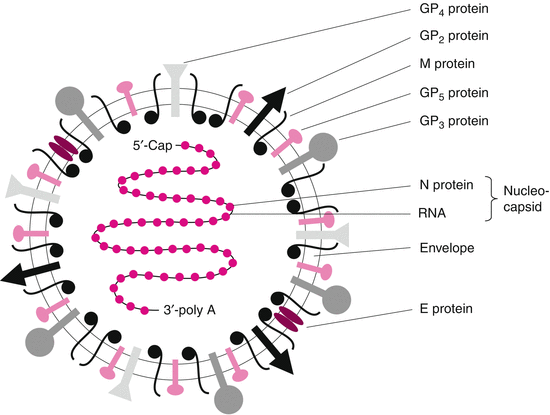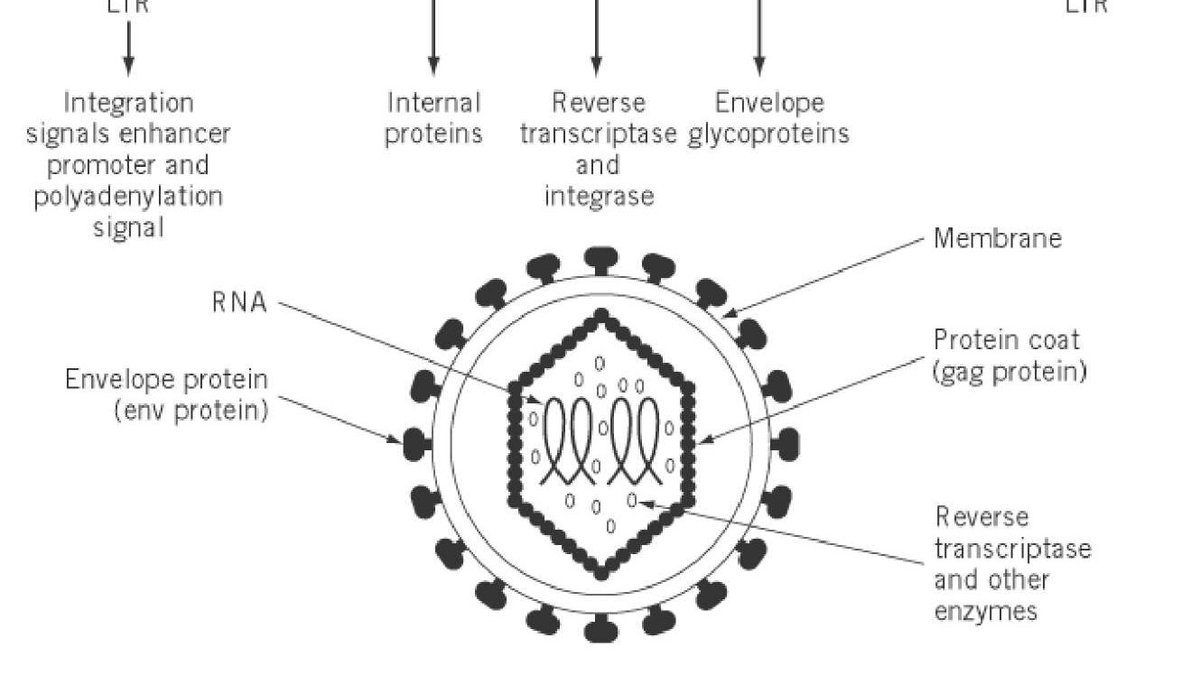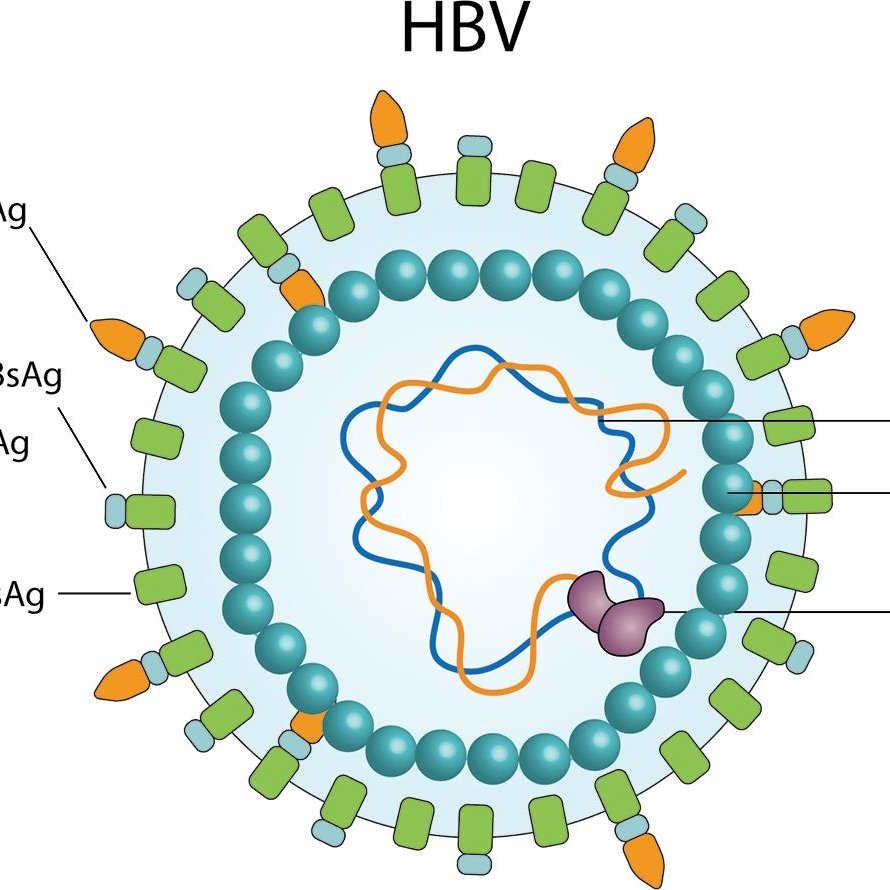
1/ There are over 21 families of viruses. Each of these families will have many strains of viruses within them. Just the Herpes virus has 8 different strains within its family. Others like Flavivirus has strains like Dengue, Zika, West Nile and Yellow Fever.
2/ Other then classifying viruses by their family, we can classify them by their genetic makeup. There are 7 different classes of viral genomes. They are classified using the Baltimore scale shown below. 

3/ Class I viruses are the double stranded DNA viruses (dsDNA). These are the common viruses that lay latent in humans for many years or even their lifetime. The Herpes viruses are the best example of these viruses.
4/ They include HSV1, HSV2, Varicella Zoster Virus (Chicken pox and Shingles), Epstein Barr viruses, and Cytomegalovirus. These viruses will get into cells and live there for the lifetime of the host. They will stay latent unless something happens to activate them. 

5/ This often happens in immune suppression like with transplants or chemotherapy. A healthy immune system keeps them in check.
6/ Class II viruses are the single stranded viruses (ssDNA). There are very few of these that are in humans. The best example is parvo viruses which affect cats and dogs. The one human example is the famous Parvo B19 virus which can cause aplastic anemia. 

7/ Class III is the double stranded RNA viruses (dsRNA). The Rota virus is the classic example of the double stranded RNA viruses. They are part of the many viruses that we call stomach bugs. They cause diarrhea. 

8/ The cells of the body have defenses against double stranded RNA (dsRNA) as our bodies do not use this format. This serves as a warning to the cells.
9/ Class IV viruses are the + strand single strand RNA viruses (+ssRNA). The positive strand runs from the 5' to the 3' direction while the - strand runs 3' to 5'. This distinguishes the Class IV + strand RNA viruses form the Class V - strand RNA viruses.
10/ Our ribosomes recognize mRNA which is the + strand of the RNA. That means many + strand RNA viruses can start being translated by the ribosome as soon as it enters the cell. 

11/ Others have to be copied to - strand and then back so they are formatted correctly for the ribosome. The best example of a + strand RNA virus is the Rhinovirus that makes up the common cold.
12/ Class V viruses are the - strand RNA viruses
(-ssRNA). They often bring their own polymerase into the cell for copying their - stand genome into a + strand RNA that can be used with the ribosomes. The most famous of - strand viruses is Influenza.
(-ssRNA). They often bring their own polymerase into the cell for copying their - stand genome into a + strand RNA that can be used with the ribosomes. The most famous of - strand viruses is Influenza.

13/ The influenza virus is completely unique in that it has 8 segments of single stranded RNA that is of the - strand. This allows influenza strains to swap segments to crate completely new strains.
14/ Class VI viruses are called the Retroviruses. They are an RNA virus that copies its RNA genome into DNA using a reverse transcriptase and inserts it into the human DNA using integrase. 

15/ The most famous retrovirus is HIV. This enters human CD4 T cells and integrates into the cells genome. There is an acute period of infection as the virus invades the host's T cells. Then it enters a latent period where it can stay for years or even decades.
16/ Lentivirus is a close relative to HIV that is a retrovirus. It is used in labs to insert genes into cells for gene editing. This is used in many T cell therapies to make edits to the cell's genome.
17/ Class VII viruses are hybrid viruses. These viruses use a combination of both double stand and single stranded DNA genomes. The most famous of Class VII viruses is Hepatitis B. 

18/ This is another virus that can enter cells and remain latent for many years or decades. Hepatitis B is a liver virus that leads to many of the cases of liver cancer over time.
19/ Understanding the viral genomes of any virus will tell you a lot about that virus. It will determine what kind of immune response will be activated. Innate cells have Toll Like Receptors designed to detect these different kinds of RNA or DNA of these pathogens.
• • •
Missing some Tweet in this thread? You can try to
force a refresh






